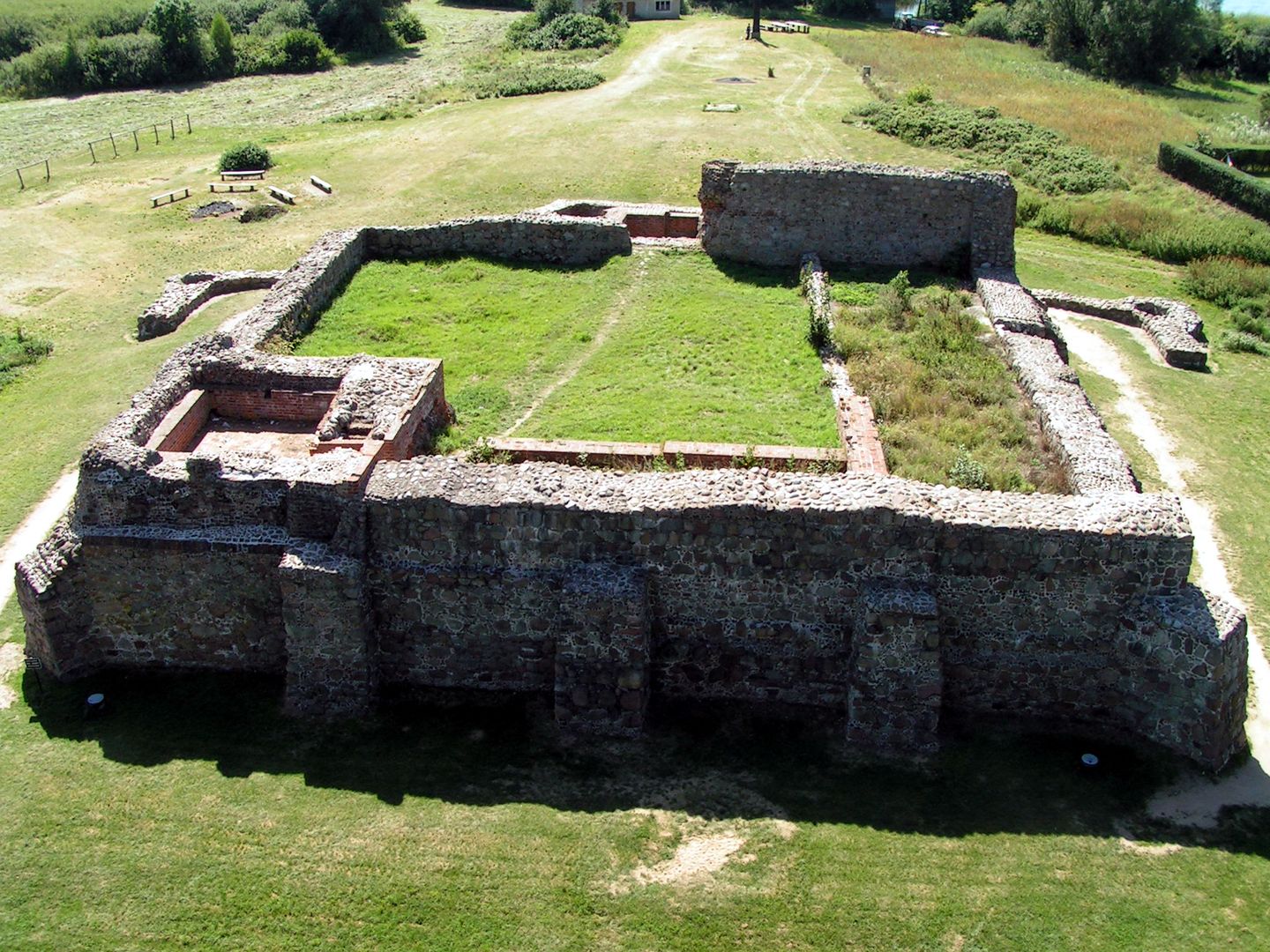Venice Castle
6.68

Overview
Venice Castle near Żnin, the remains of a 14th-century defensive fortress, was built on the orders of Mikołaj Nałęcz of Chomiąża as part of the fortification campaign undertaken during the reign of Casimir the Great. After the founder's death, the castle passed into the hands of the Pomian family, and in 1420 it was handed over to the Archdiocese of Gniezno, which converted it into a prison for clergy. In the 15th century, between 1467 and 1473, the castle served as the residence of the General Starost of Greater Poland, Piotr Nałęcz of Szamotuły. In the second half of the 15th century, new fortifications were added, including some of the first bastions in Poland. However, with the end of the threat from the Teutonic Order, the fortress became expensive to maintain and was partially destroyed in the 16th century when its bricks were used to build the archiepiscopal palace. Over the following centuries, the castle fell into ruin, and in the 19th century it was partially blown up, with the stones used to build the road to Żnin. Today, only fragments of the walls and the courtyard remain, and the castle has been secured as a permanent ruin. A legend associated with the castle tells of the Devil of Venice – Mikołaj Nałęcz as its most famous owner. Thus, Venice Castle not only showcases the architectural and military significance of that era but also reflects local culture and fascinating legends that add to its mystique.
Location
2025 Wizytor | All Rights Reserved